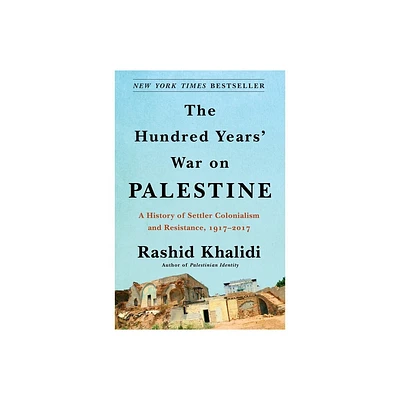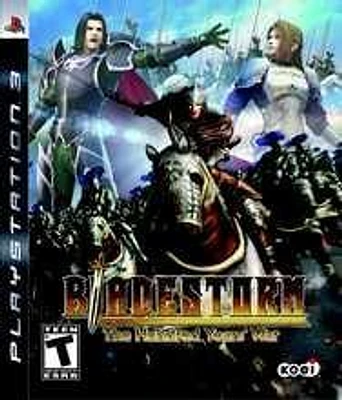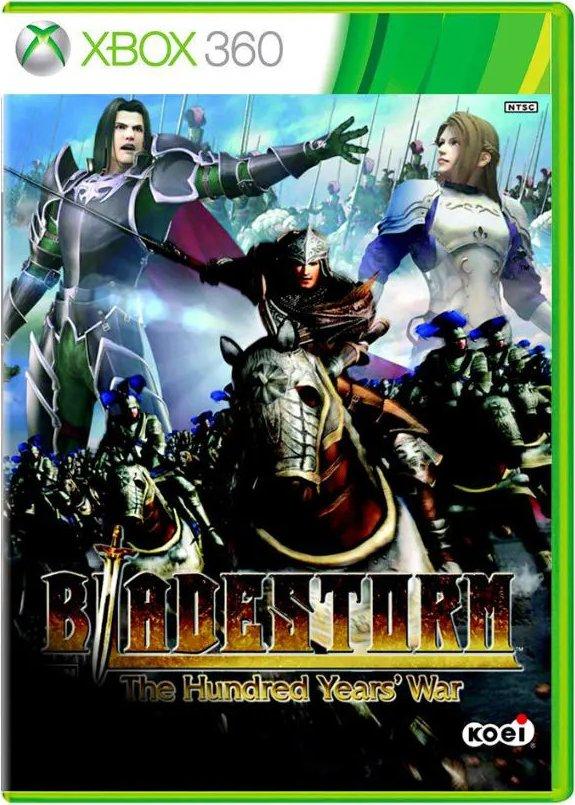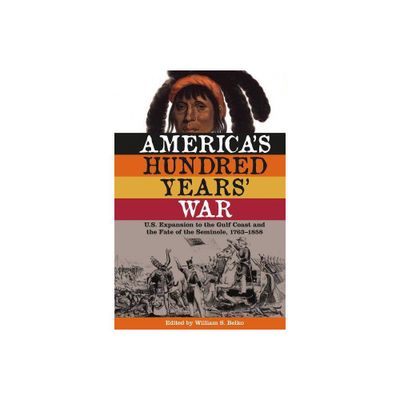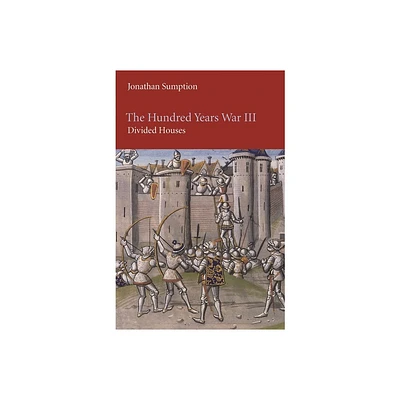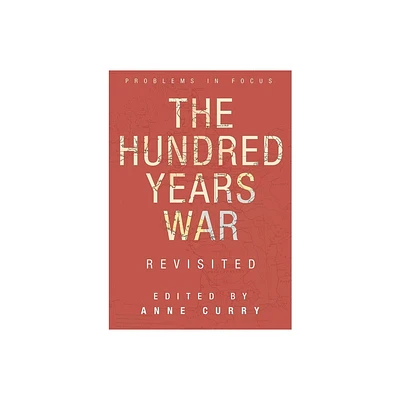Home
A Soldiers' Chronicle of the Hundred Years War: College Arms Manuscript M 9
Loading Inventory...
Barnes and Noble
A Soldiers' Chronicle of the Hundred Years War: College Arms Manuscript M 9
Current price: $160.00


Barnes and Noble
A Soldiers' Chronicle of the Hundred Years War: College Arms Manuscript M 9
Current price: $160.00
Loading Inventory...
Size: Hardcover
*Product Information may vary - to confirm product availability, pricing, and additional information please contact Barnes and Noble
A remarkable and very important unpublished chronicle written by two soldiers, covering in detail the English campaigns in France from 1415 to 1429. It lists many individuals who served in the war, and was written specifically for Sir John Fastolf, the English commander.
This previously unpublished chronicle from the mid-fifteenth century covers the English wars in France from 1415 to 1429. It is highly unusual in that it was written by two soldiers, Peter Basset and Christopher Hanson. William Worcester, secretary to the English commander Sir John Fastolf, also had a hand in it, and it was specifically written for Sir John. The content is unusual, as it includes many lists of individuals serving in the war, and records their presence at battles, naming more than 700 in all. Over half these individuals are French or Scottish, so it would seem that the authors had a particularly detailed knowledge of French military participation. The narrative is important for the English campaigns in Maine in the 1420s in which Fastolf was heavily involved and which otherwise receive little attention in chronicles written on either side of the Channel. The progress of the war is well mapped, with around 230 place names mentioned.
The chronicle was extensively used in the sixteenth century by several heralds and by Edward Hall. As a result, it had an influence on Shakespeare. The death of the earl of Salisbury at Orleans in 'Henry VI Part I' Follows the chronicle closely. The 'Mirror for Magistrates' Salisbury narrative is also derived from the chronicle. Another point of interest is that the chronicle is by a scribe who can be identified, and proves to be the only known fifteenth-century account of the war written in England in French, which adds an important linguistic dimension to its study.
This previously unpublished chronicle from the mid-fifteenth century covers the English wars in France from 1415 to 1429. It is highly unusual in that it was written by two soldiers, Peter Basset and Christopher Hanson. William Worcester, secretary to the English commander Sir John Fastolf, also had a hand in it, and it was specifically written for Sir John. The content is unusual, as it includes many lists of individuals serving in the war, and records their presence at battles, naming more than 700 in all. Over half these individuals are French or Scottish, so it would seem that the authors had a particularly detailed knowledge of French military participation. The narrative is important for the English campaigns in Maine in the 1420s in which Fastolf was heavily involved and which otherwise receive little attention in chronicles written on either side of the Channel. The progress of the war is well mapped, with around 230 place names mentioned.
The chronicle was extensively used in the sixteenth century by several heralds and by Edward Hall. As a result, it had an influence on Shakespeare. The death of the earl of Salisbury at Orleans in 'Henry VI Part I' Follows the chronicle closely. The 'Mirror for Magistrates' Salisbury narrative is also derived from the chronicle. Another point of interest is that the chronicle is by a scribe who can be identified, and proves to be the only known fifteenth-century account of the war written in England in French, which adds an important linguistic dimension to its study.

